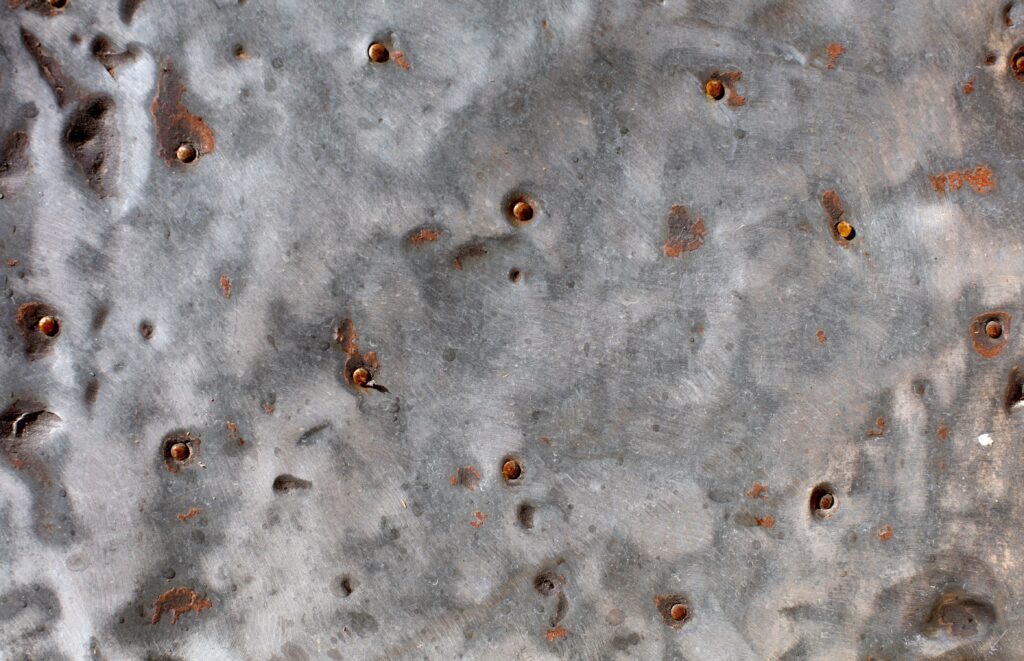
When growing magic mushrooms using a grow kit, it’s essential to monitor the growth environment closely to ensure a successful yield. One of the critical aspects of this process is being able to distinguish between healthy mycelium and harmful mold. Both can appear similar to the untrained eye, but knowing the difference is crucial for the health of your magic mushrooms and the success of your grow kit. In this blog post, we’ll delve into the characteristics of mold and mycelium, providing you with the knowledge to identify each correctly.
Understanding Mycelium
Mycelium is the vegetative part of a fungus, consisting of a network of fine white filaments (hyphae). It’s essentially the root system of the mushroom, responsible for absorbing nutrients and supporting mushroom growth.
Characteristics of Healthy Mycelium
- Color: Mycelium is typically white, but it can sometimes appear slightly off-white, light cream, or even blueish in certain strains of magic mushrooms.
- Texture: It has a fluffy, cotton-like appearance when it first starts to grow. As it matures, it can become more dense and fibrous.
- Growth Pattern: Mycelium spreads in a uniform, outward pattern from the point of inoculation. It usually covers the substrate evenly.
Identifying Mold
Mold, on the other hand, is a type of fungus that can spoil your grow kit and pose health risks. Mold can come in various colors and textures, often indicating contamination.

Common Types of Mold in Grow Kits
- Green Mold: Usually Trichoderma, a common contaminant in magic mushroom cultivation. It starts white but quickly turns green.
- Black Mold: Often Aspergillus, known for its dark, blackish color.
- Blue or Greenish-Blue Mold: Penicillium, which can appear blue or green.
Key Differences Between Mycelium and Mold
- Color and Appearance: While mycelium is primarily white, mold can be green, black, blue, or other colors. Mycelium is typically uniform in color, whereas mold may show distinct, often dark patches.
- Growth Rate: Mycelium grows steadily and spreads evenly. Mold can appear to burst onto the scene, quickly covering areas with colored patches.
- Smell: Healthy mycelium has a fresh, earthy smell. Mold often has a strong, unpleasant odor, sometimes musty or even sweet in an off-putting way.
- Texture and Structure: Mycelium has a more consistent texture, appearing like a network of fine threads. Mold can look fuzzy, slimy, or powdery, depending on the type.
Steps to Identify Mycelium vs. Mold
- Regular Inspection: Check your magic mushroom grow kit daily. Early detection of mold can save your entire cultivation.
- Use a Magnifying Glass: This can help you see the fine details of the growth, distinguishing the thread-like structure of mycelium from the often more chaotic appearance of mold.
- Smell Test: Open your grow kit and take a cautious sniff. A foul odor is a strong indicator of mold.
- Growth Patterns: Note how the growth spreads. Mycelium will radiate outward from the inoculation points, while mold might appear in random patches.
Preventing Mold Contamination
- Sterilization: Ensure that all tools and the growing environment are sterile before starting your magic mushroom grow kit.
- Proper Airflow: Good ventilation can prevent the buildup of excess moisture, which mold thrives on.
- Humidity Control: Maintain the appropriate humidity levels recommended for your specific grow kit. Too much moisture can promote mold growth.
- Cleanliness: Always wash your hands and use clean gloves when handling your grow kit.
What to Do If You Detect Mold
- Isolate the Kit: Immediately remove the contaminated kit from the vicinity of any other grow kits to prevent cross-contamination.
- Evaluate the Contamination: If the mold is in its early stages, you might be able to remove the affected area carefully. However, if it’s widespread, it’s best to dispose of the kit.
- Sanitize the Area: Clean the area where the kit was kept with a disinfectant to eliminate any mold spores.
Conclusion
Understanding the difference between mycelium and mold is vital for anyone using a magic mushroom grow kit. By paying close attention to color, texture, smell, and growth patterns, you can ensure a healthy mushroom cultivation process. Regular monitoring and proper preventative measures will help you maintain a successful and contamination-free grow kit environment.
For more tips and high-quality magic mushroom grow kits, visit our webshop, your one-stop destination for all your mushroom cultivation needs. Happy growing!